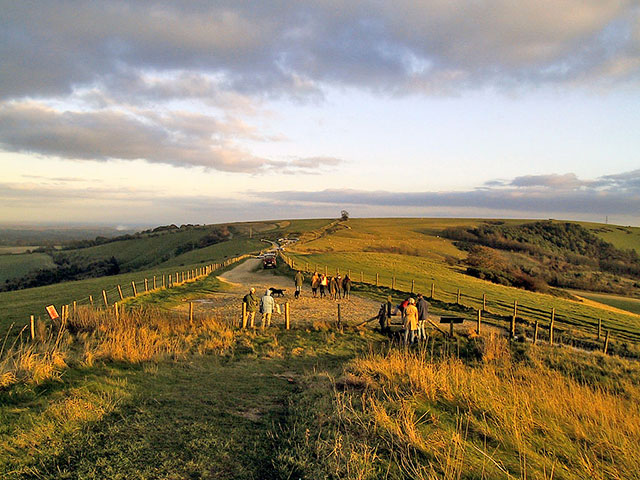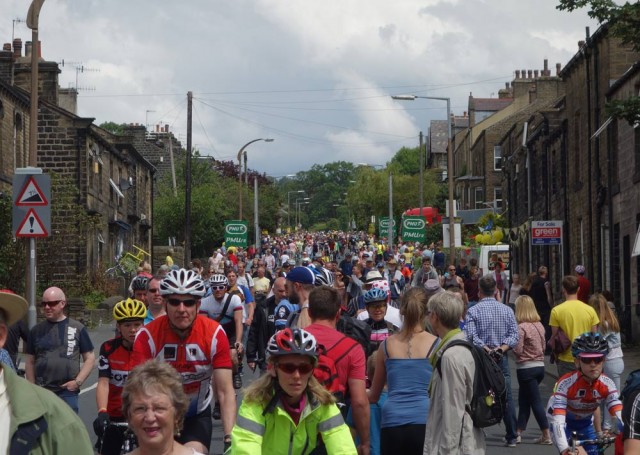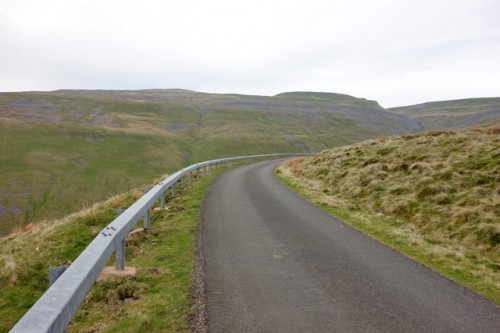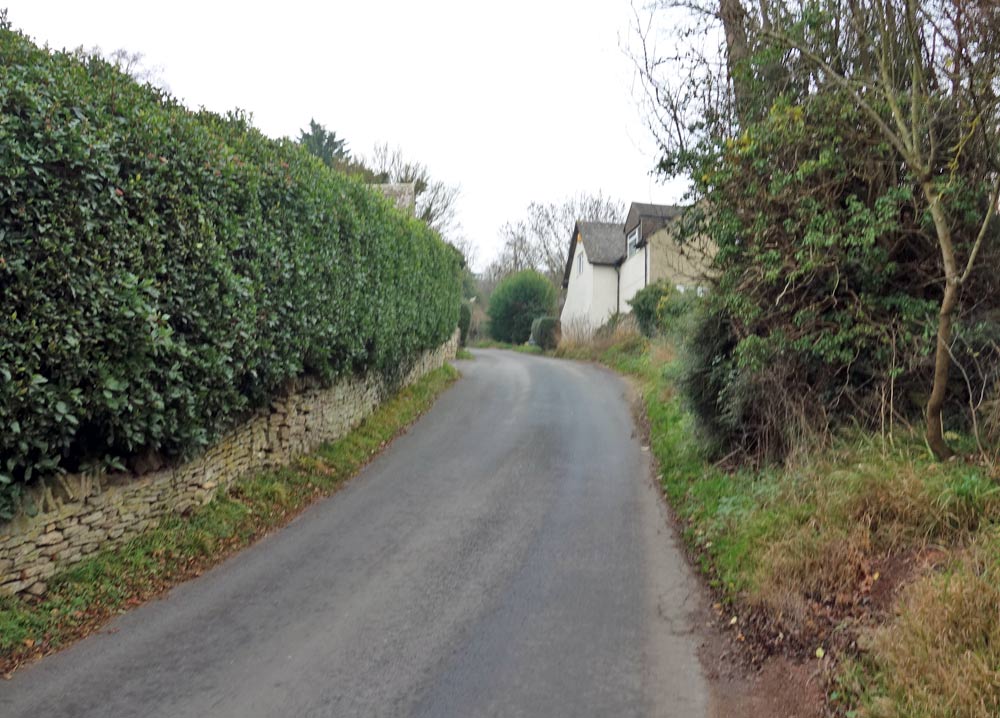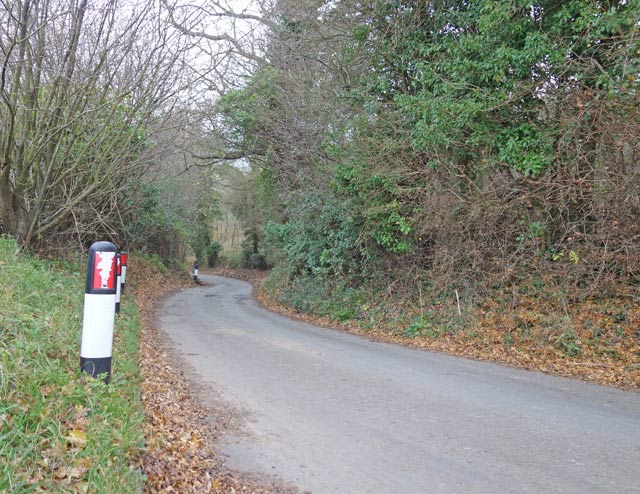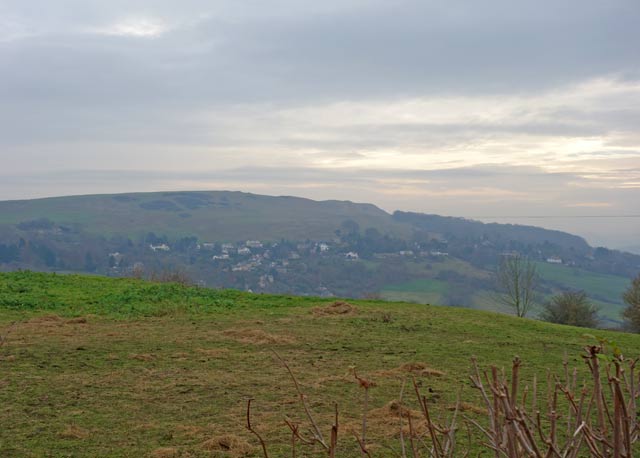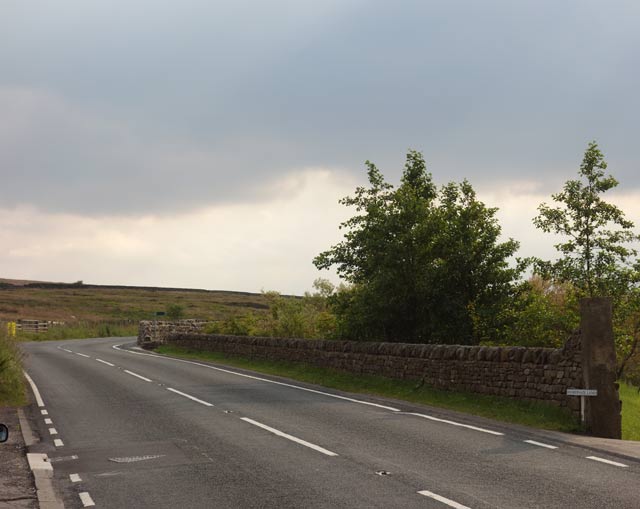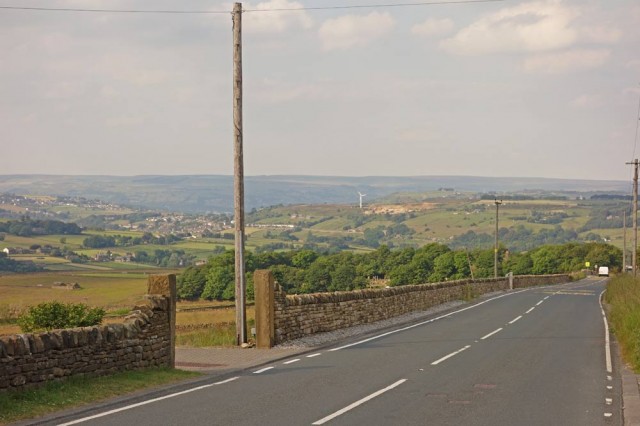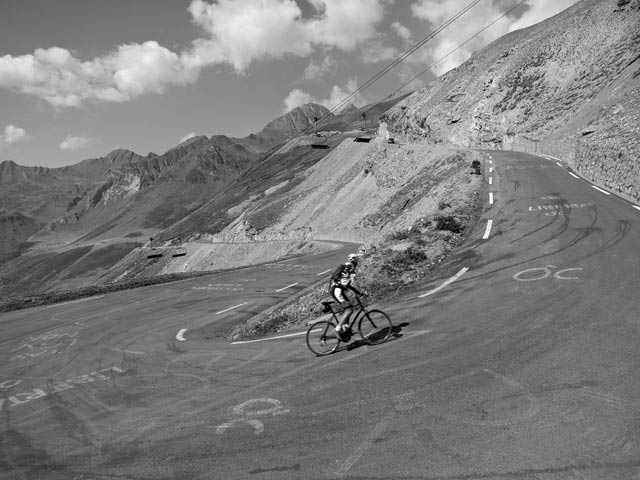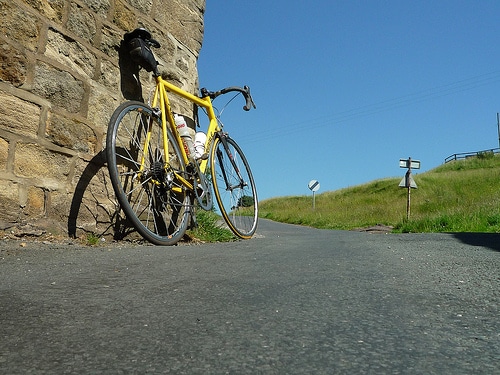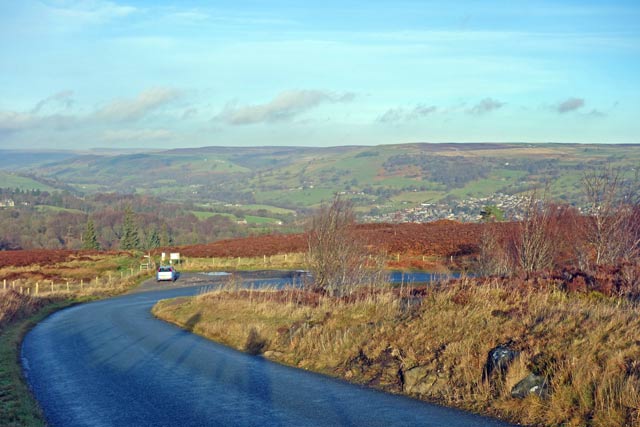Cheddar Gorge is an interesting climb through the beautiful limestone gorge of Cheddar, Somerset. Climbing gently out of the village of Cheddar, the road starts to snake upwards at a gradient of up to 16% round some twisty corners. It is a tough start to the climb, but the remaining couple of km are a much gentler gradient, allowing you the opportunity to take it at your own pace as you climb away from the gorge and onto to the top of the moor.

Cheddar Gorge full hill
- Location: Cheddar, Mendip hills, Somerset, South West.
- Distance 2.6 miles
- Average gradient: 4-5%
- Maximum gradient: 16%
- Height gain. 150m
- 100 climbs: #1
- Cheddar Gorge, Strava
Cheddar Gorge understandably features in many local cyclo-sportives and is a popular destination for many cyclists. It is also popular with tourists and rock climbers. The road can be busy – especially as you leave the village of Cheddar – so be prepared to be patient until you clear the car parks on the lower slopes of the climb.
It also makes a great twisting descent. But, be careful not to get carried away as near the bottom, you can really pick up speed on the sharp corners.

Cheddar Gorge is nestled within the Mendips in Somerset. There are plenty of other good hills and roads around here. It is just a few miles from Burrington Combe – another popular gorge and a similar climb.

The road is steepest at the bottom after leaving the car parks
I rode Cheddar Gorge in October, 2014 after racing Burrington Combe hill climb. There was a helpful S.E. tailwind making the climb relatively enjoyable. It would be a different proposition with an easterly climb. The wind seems to get funnelled down the gorge – making it strong in either direction.
2007 National Hill Climb Championship
In 2007, the national hill climb championship was organised on Cheddar Gorge. Somehow they managed to get the road closed and it made a great venue for the hill climb. A steep section and a long drag – a bit for everyone. James Dobbin won his second national hill climb championship in a time of 6-51.5. 2nd place was David Clarke (Blue Sky Cycles) Matt Clinton 7.08, (Mike Vaughan Cycles) was third. I was 6 seconds off the podium with 7.14

